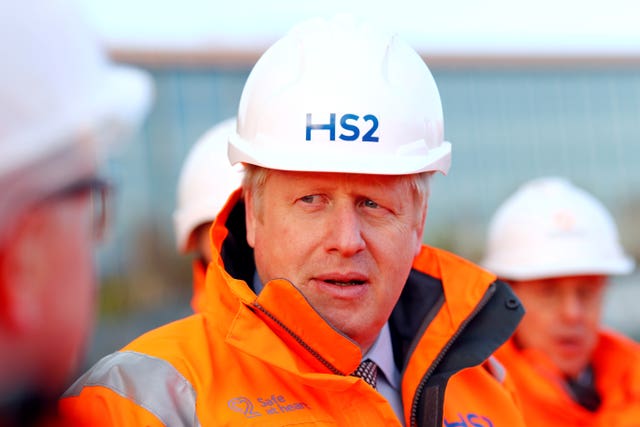
Archaeologists working at the site of Birmingham’s main HS2 station have uncovered the remains of what is believed to be the world’s oldest railway roundhouse.
HS2 Ltd made the find on the site of the original Curzon Street station, which opened in the 1830s and closed down in the 1960s, during “trial trenching” at the site.
The roundhouse is thought to have been among various structures demolished from 1860 to 1870 to allow for the expansion of the station, and is known to have been operational on November 12 1837 – meaning it predated a similar building in Derby by almost two years.
Among the surviving remains of the Curzon Street roundhouse are evidence of the base of the central turntable, the exterior wall and the 3ft deep radial inspection pits which surrounded the turntable.

Final archaeological excavations on the city centre site are about to take place, ahead of work to build the new HS2 Curzon Street terminus at the centre of a 141-hectare regeneration project.
Jon Millward, historic environment adviser at HS2 Ltd, said: “HS2 is offering us the opportunity to unearth thousands of years of British history along the route and learn about our past.
“The discovery of what could be the world’s oldest railway roundhouse on the site of the new HS2 station in Birmingham City Centre is extraordinary and fitting as we build the next generation of Britain’s railways.”
The site was visited last month by Prime Minister Boris Johnson, who hailed the decision to go ahead with HS2 as “fantastic” for the whole country.
The original railway linking London with Birmingham’s former Curzon Street station, built between 1834 and 1838, saw journey times from the capital of almost five hours.


Comments: Our rules
We want our comments to be a lively and valuable part of our community - a place where readers can debate and engage with the most important local issues. The ability to comment on our stories is a privilege, not a right, however, and that privilege may be withdrawn if it is abused or misused.
Please report any comments that break our rules.
Read the rules here